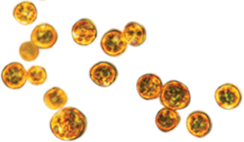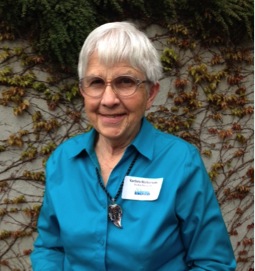

Sound Water Stewards are trained volunteers working in and around Island County for a healthy, sustainable Puget Sound environment through education, community outreach, stewardship, and citizen science.
Trent Lowe, Kathy and Jim McNally, John Mathis, Mary Allison, Geir Sylte, Kate Vagner, Shirley and Graham Hutchison, Claudia Vaughn, Loran Blankenship, Terry Skorheim, Kathy Anderson, Paul Hesla, and Paulette Brunner
Currently, there are two sampling sites on Orcas Island which include the Eastsound County Dock and the Long Live the Kings dock.
Leslie Hutchinson and Lisa Poitras monitor Eastsound County Dock station on a weekly basis. The team consists of trained citizen scientists who have a passion for working with the wonders of the microscopic world in our marine waters. The plankton samples are primarily taken for SoundToxins. They are also shared with the nonprofit KWIAHT.
Leslie Hutchinson and Lisa Poitras
Lynnette Wood and Sheila Schedlbauer monitor the Long Live the Kings station. In addition to reporting to SoundToxins, their sampling serves to alert the Glenwood Springs Salmon Hatchery when plankton are present that may be harmful to salmon fry. As these young salmon are particularly susceptible to Heterosigma akashiwo, SoundToxins weekly monitoring at this site has the added benefit providing alerts to hatchery personnel during the period of the year when young salmon are released from the hatchery.
Lynnette Wood and Sheila Schedlbauer

SoundToxins volunteers Karlista Rickerson and Mary Kelly monitor the waters of Quartermaster Harbor on Vashon Island. Karlista has also been sampling mussels for the Washington State Department of Health for a few years, so she was interested in the chance to actually “look at” the phytoplankton that cause the paralytic shellfish poisoning and amnesic shellfish poisoning. “I’m curious and like to ask questions, such as: when scuba diving, what was in that mouth full of water I just swallowed; or, “why do mussel die offs occur about the same time each year?” SoundToxins is important to Karlista because being part of a long-term monitoring program allows her to help answer questions like “What if there are other phytoplankton that cause problems? What if the shellfish are toxic at a lower level than determined to be “safe?”
Mary Kelly and Karlista Rickerson